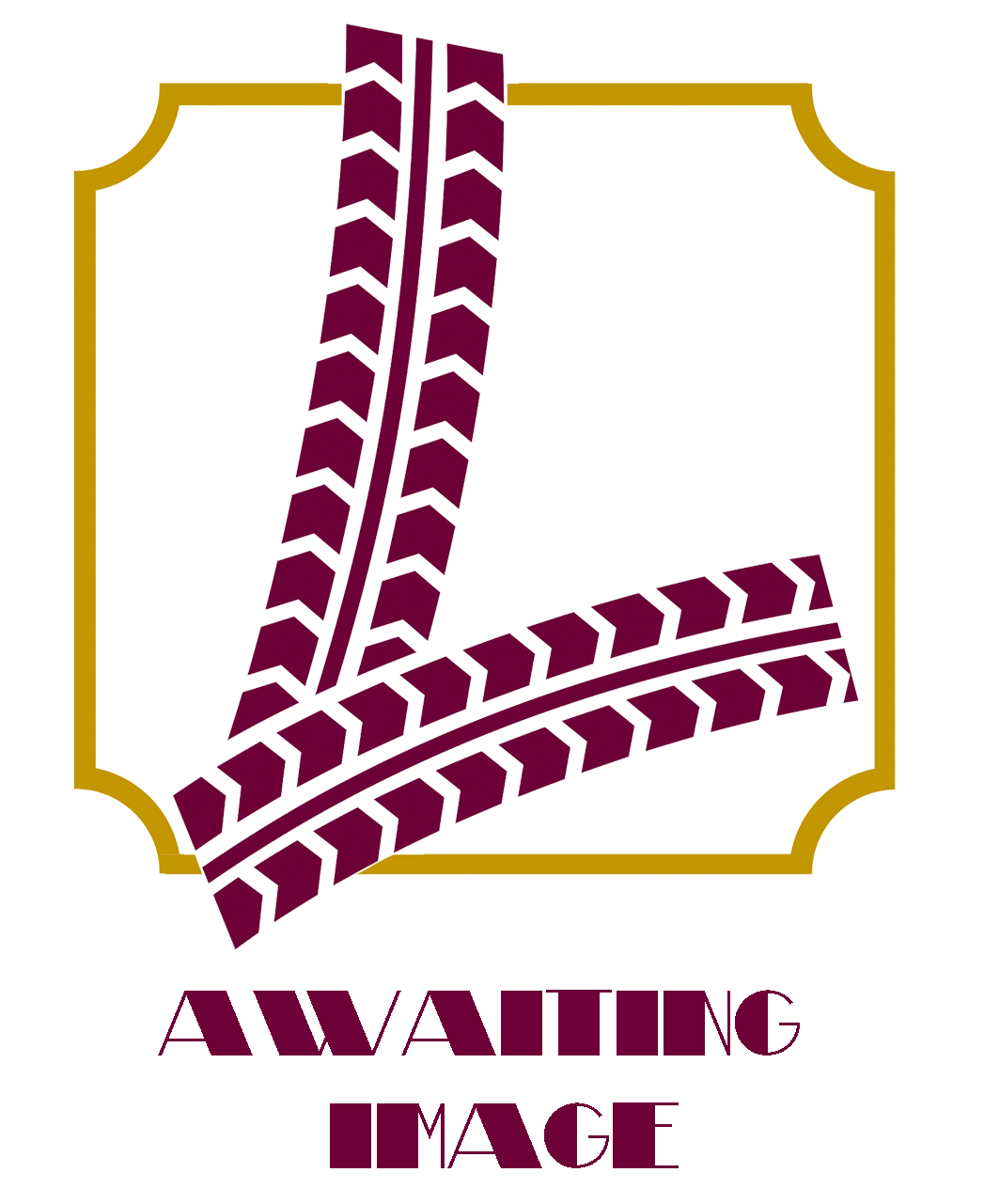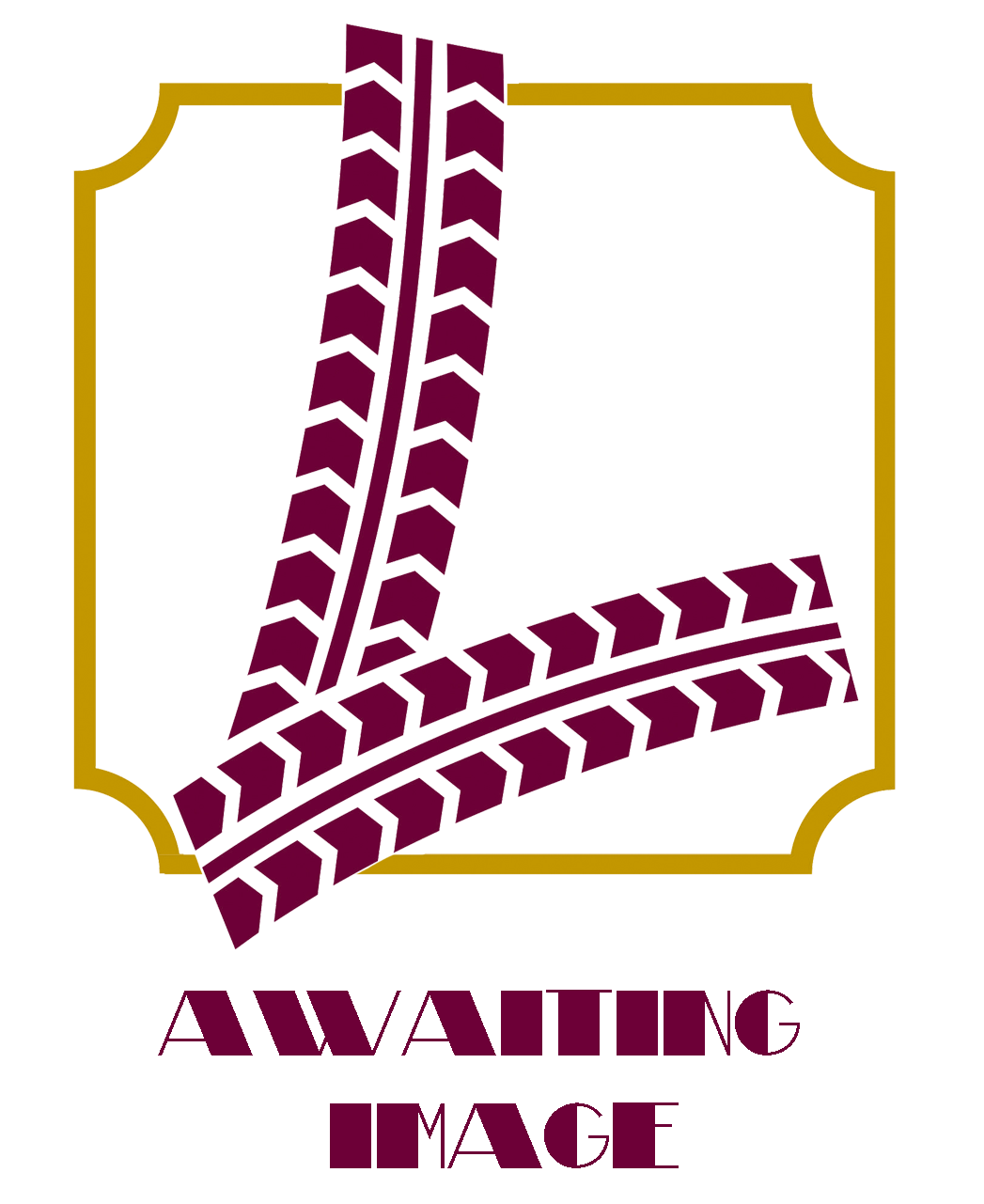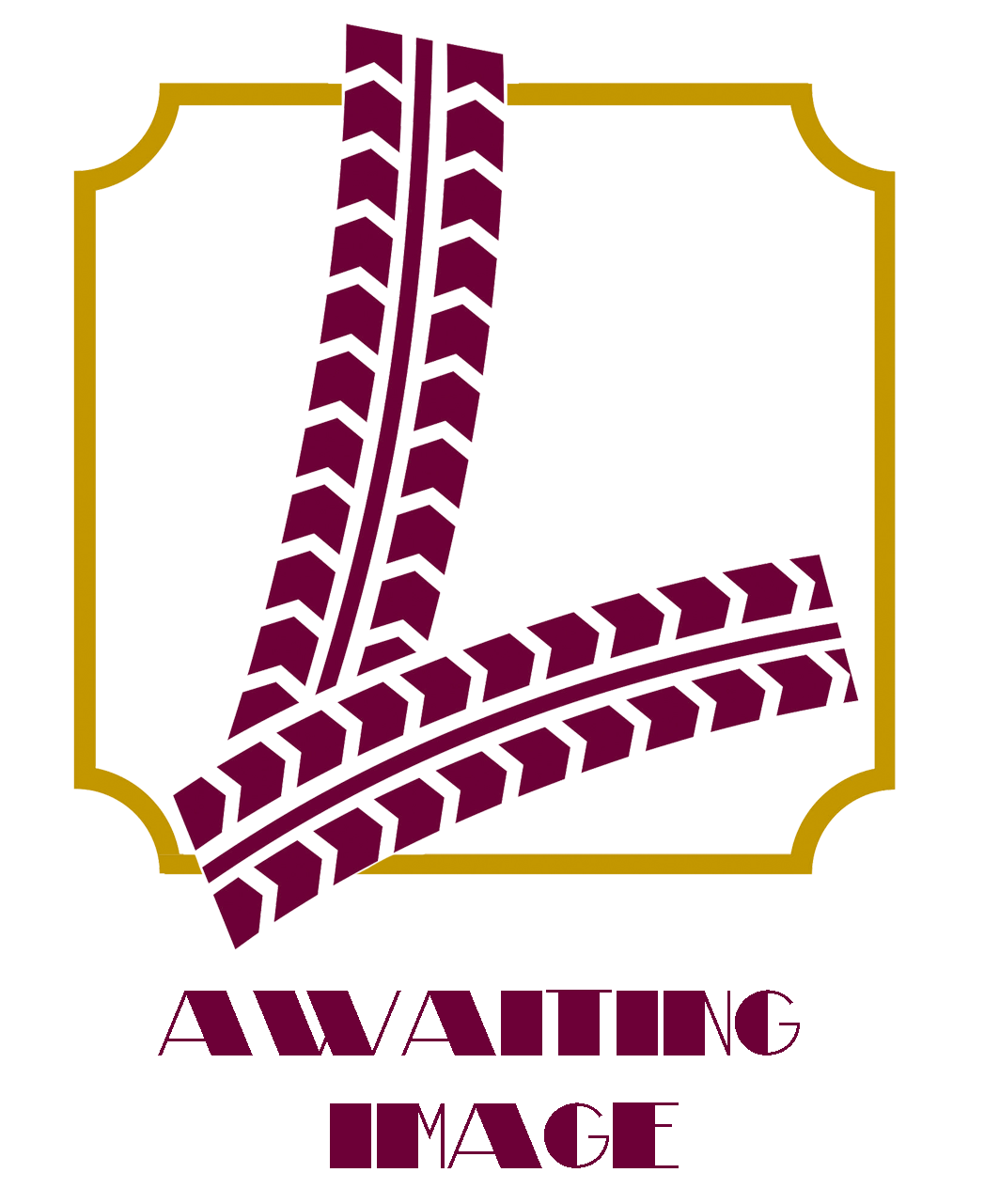-
- Jaguar C-Type Tyres
- Jaguar E-Type Tyres
- Jaguar MKI & MKII Tyres
- Jaguar MKIX Tyres
- Jaguar MKV Tyres
- Jaguar MKVII Tyres
- Jaguar MKX & 420G Tyres
- Jaguar S-Type Tyres
- Jaguar SS100 Tyres
- Jaguar XJS Tyres
- Jaguar XJ12 Tyres
- Jaguar XJ40 Tyres
- Jaguar XJ6 Tyres
- Jaguar XK Tyres
- Jaguar XKE Tyres
- Jaguar 420 Tyres
Jaguar Tyres
Classic Jaguar Tyres
On the following pages, Longstone provides expert tyre fitment recommendations for classic Jaguar cars. Using a blend of historical data, industry expertise, and personal experience, Longstone provides information on the original equipment tyres, and the best classic tyres available today. Our advice considers the various uses for classic Jaguar's and the ideal tyre types—whether crossply, radial, or specialty tyres—ensuring that you get the best for your classic Jaguar.
Jaguar Tyres
Many classic Jaguars originally came with Dunlop RS5 crossply tyres, but since Dunlop no longer produces historic road tyres, fitting classic radial tyres is often recommended. Authentic classic radial tyres, like Pirelli's PIRELLI Collezione range and Michelin's X, XAS, and XVS, improve directional stability, helping classic cars drive in a straight line at sustained high speeds. Crossply tyres struggle with this. High-quality radial tyres make driving on modern high-speed roads much more comfortable and enjoyable.
While radial tyres can make steering heavier than crossplies, these period-correct premium radials minimize this effect and maintain the car's intended progressive handling. Modern tyres are unsuitable for classic cars as they are not designed for progressive handling, fitting modern tyres to a classic car would drastically affect the handling and overall driving experience.
To learn more about the best tyres for your XK Jaguar here is an article by Philip Porter from the XK Gazette.
If your car is not listed, don't panic! Please give us a call on:
01302 711 123
or
Email: sales@longstonetyres.co.uk
“As friends of the Jaguar Enthusiasts club we can offer some special concessions to members of the JEC. However to take advantage, please telephone 00 44 1302 711123"
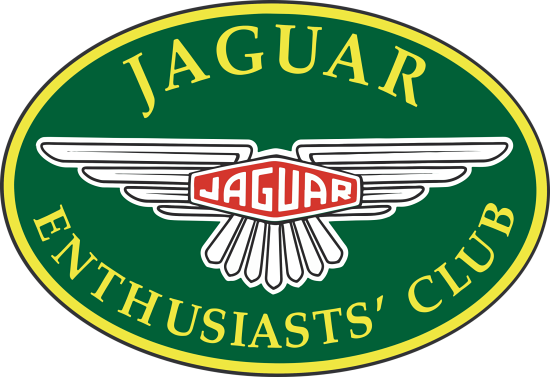
Choosing the Correct Jaguar Tyres

Jaguar XK 140 Convertible
Jaguar History
Jaguar began in 1922 as the Swallow Sidecar Company, created by William Lyons and William Walmsley. Both were motorcycle fanatics, and the firm produced motorcycle sidecars as well as vehicle bodywork. Walmsley, on the other hand, sold out in 1934 in order to purchase the Swallow company. Lyons then established S.S. Cars Limited. They raised funds by offering stock to the general public. Their initial model was the SS 2 12 litre sports saloon. A comparable model was an open two-seater sports car known as the SS Jaguar 100.
The stockholders of S.S Cars agreed to change the name to Jaguar Cars Limited in March 1945. This was done so that it could not be associated with any other foreign name, which we can understand considering that it was 1945. Jaguar then earned a reputation for itself by developing successful sports cars such as the Jaguar XK120, XK140, XK150, and E-Type. The Jaguar tagline was "Grace, Space, Pace," and the MK VII, IX, Mks I and II, and the XJ6 all set sales records. Jaguar won the 24-hour race at Le Mans in 1951. In 1953, they won once more.

Jaguar XJ 13
Jaguar agreed to lease the Daimler factory from the Ministry of Supply in 1950. They were still delivering raw materials to businesses at this stage, despite the fact that the Second World War had not long since ended. Jaguar then bought Daimler from BSA in 1960. Throughout the late 1960s, Jaguar employed the Daimler mark as a brand name for its most opulent saloons. This is not the same as the Daimler brand. Pressed Steel Company Limited created all of Jaguar's bodywork; they just fitted the mechanics. The British Motor Corporation (BMC) purchased Pressed Steel in mid-1965.
Lyons accepted a merger offer from BMC due to the danger of reliable body supplies, and the absence of a successor to Jaguar. They subsequently established British Motor (Holdings) Limited. This happened in 1965, and the company's name was changed to British Motor Holdings in 1966.
The government was attempting to persuade British Motor Holdings to combine with Leyland Motor Corporation. Since 1967, Leyland Motor has developed buses, trucks, and Rover vehicles. The resultant merger resulted in the formation of the British Leyland Motor Corporation, a new holding company. This was released in 1968, but it was a flop. This was mostly due to bad board choices and financial troubles in the Austin-Morris division.
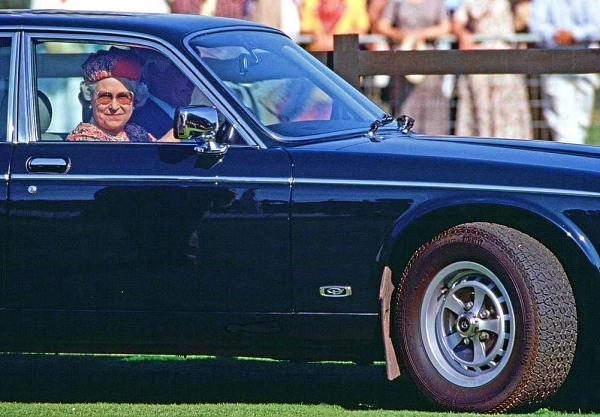
1991 Daimler Double Six on PIRELLI P5 Tyres - Approved by the Queen
Around this period, Jaguar models included the S-Type, the 420, which was offered as the Daimler Sovereign, and the Mark X. The XJ was introduced in 1968 and lasted until 1992. Jaguar was listed as a separate business on the stock market in July 1984 as part of the government's privatisations. This was done to establish its own track record, and it was a big success once it was privatised. Much of success was attributed to Sir John Egan, who was appointed chairman in 1980. According to reports, Egan had resolved the major issues that were keeping Jaguar from selling additional vehicles. These included inadequate quality control, low productivity, and long delivery times. To conserve funds, one-third of the workforce was laid off. Around this period, the Jaguar XJ was completely redesigned and renamed the XJ40.
Ford made buyout bids to Jaguar's UK and US stockholders in 1989. Jaguar was delisted from the London Stock Exchange in February 1990, and the company was absorbed by Ford's Premier Automotive Group in 1999. And it was in excellent company; since 2000, Ford has also owned Aston Martin, Volvo, and Land Rover.
The S-Type debuted in 1999, while the X-Type debuted in 2001, both under Ford's ownership. Following Ford's acquisition of Land Rover, the two companies were inextricably connected. They shared numerous similar sales and distribution networks, as well as shared dealerships, and some models even shared components. They shared assembly lines for the X-Type and the Freelander 2. Ford revealed in 2007 that it planned to sell Jaguar and Land Rover. Cerberus Capital Management, One Equity Partners, Ripplewood Holdings, and Tata Motors all showed strong interest. Jaguar never turned a profit while owned by Ford.
E-Type Classic Tyre Test
This test was done with a non-power-steering E-type, for non-power-steering cars the CN12 is the best. The P5 was designed specifically for Jaguar cars with power-steering, like the XJS and XJ6 (and their Daimler counterparts). If you have one of these cars, rest assured that the P5 is the best tyre for your car.
Article by Philip Porter from the XK Gazette
"Get a Grip" by Philip Porter. This article originally appeared in the September 2013 Issue 192 of the XK Gazette.
Tyres are something that many of us probably rather take for granted yet can make a massive difference to a car in terms of handling, road holding, wet weather behaviour, and comfort. I am no expert, but I acquired a set of PIRELLI CINTURATO™ about two or three years ago and fitted them to my XK120 Fixed Head.
Frankly, I think they are superb.
For a start, they have a good period look but more to the point they give me a great confidence when I am pressing on, and I do like to drive XK's as they were designed to be driven, and that is not slowly!
I think they are at their most impressive in the wet. As we all know, the XK is a pretty heavy car, certainly by modern standards, and when the car breaks away that weight has a certain momentum. However, I find the CINTURATO™s have a very high level of grip and when they do break away, it is all very undramatic and controllable. Having said all that, they are not cheap - but then, quality rarely is. They need to be good for the price, but I enjoy the car so much on these tyres that I feel it is worth the investment.
They are, after all, the only contact the car has with the road.
The ride is also good and thankfully, I do not seem to be wearing them out, which the old wallet is relieved about.
On the matter of price, the CINTURATO™s were considered incredibly expensive when they first became available in the 1950s, but they are actually cheaper now than they were 20 years ago, whereas some other makes have nearly doubled in price and caught them up.
Today, we are in the very fortunate position of having a wide range of choices when it comes to the tyres for XKs. I can remember when there were hardly any 16in tyres produced and CINTURATO™s were seemingly rationed. I can recall conversations with specialist suppliers back in the '70s, and maybe into the '80s, along the lines of, "I have just managed to acquire a few Pirelli's; I could let you have four". You moved fast or they were gone. From memory, they only made a batch every so often.
In those days, I used to rely on Avon Turbospeeds of the period, which was more affordable but, being cross plies, didn't last long if you indulged in motoring sideways.
It is a debatable subject to what degree you want to improve a classic car's road-holding by fitting wider and wider modern rubber. The greater the adhesion, the greater the loads you are putting through all the associated mechanical parts including steering, suspension, mountings and all sorts. We need to bear in mind, the basic XK design goes back 65 years.
Furthermore, do we want our XKs to drive like modern cars? Surely not; surely the character, personality and fun is that we are enjoying the best sports car of the 1950s. I am certainly not arguing against upgrading, and each to his own, but an XK, in my opinion, would look wrong on massive boots and would lose much of its charm if it drove as though on rails. I always remember a splendid comment from a reader in a letter to 'The Motor' magazine when I was a child. Referring to a Lotus Elan, he wrote, "Anyone can drive a tram!".
As I said earlier, I am no expert but I know a man who is. Rather like the Michelin Man, though not in girth, Dougal Cawley is surrounded by, and immersed, in tyres. He runs Longstone Tyres and is a total enthusiast. I asked him to talk us through some of the tyres available today.
"Presently the Michelin X is the cheapest radial tyre I sell for an XK. The X and the CINTURATO ™ are the only genuine period radial tyres for an XK. The X will last longer than Willy Wonka's Everlasting Gobstopper. If you punish yourself by looking at cars for sale in a 1970 edition of 'Motor Sport', you will notice the Michelin X tyre was often used as a big selling feature. However, today the Michelin X is not the best tyre for sporting use. On a road, that honour goes to the CINTURATO ™ as it is more progressive.
Avon TurboSteel: this tyre was new in the '80s as a high-speed tyre in the right size for an XK, because there pretty much wasn't anything else. They are quite a bit smaller in diameter and the footprint is very wide, which gives them lots of grip and they are very good on the track.
Jaguar, I know, did have a close relationship with Dunlop, and I like to think that two of the leading companies in the automotive world at that time were British: Jaguar and Dunlop. I would suggest that it was a little bit the other way around as well. Between them, they did so much testing. But I also believe that that excellence was with crossply tyres. Today I would suggest that if you want to stick to crossply tyres, then it would be the original 600H16 Dunlop RS5.
Michelin Pilote X 600WR16: ultimate grip, highest speed rating, looks like an Englebert racing tyre of the '50s and '60s. Excellent road/race tyre. Not as progressive as the CINTURATO ™, but for very high-speed road use, they are excellent and the best for the track.
I think the PIRELLI CINTURATO ™ 185 VR 16 CA67 is the best XK road tyre. It is still a genuine PIRELLI CINTURATO ™. It is made by PIRELLI. It has the same tread pattern and sidewall design, and the carcass has the same dimensions and shape to maintain the original handling as well as appearance - a more modern design would have a wider contact point, which is not good for classics on the road. It also makes heavy steering even heavier.
Today, tyre manufacturers are not allowed to use some of the chemicals and materials that were used back in the '50s, '60s and '70s when these tyres were current. The CINTURATO ™ lives up to modern standards of tyre manufacturing and is made using modern compounds but in a way that keeps the XK handling the way it should. The 185 VR 16 PIRELLI CINTURATO ™ was original equipment on the 250GT Ferrari, Aston Martin DB4 GT Zagato, Maserati 3500GT and Mistral."
So there we have it from Dougal, not forgetting Vredesteins and Blockley's. I look forward to trying some of the other tyres on the market but, meanwhile, am very happy with my Michelin Xs on my 120 OTS and the terrific CINTURATO™s on the FHC. Given the current rate of progress with my 140 DHC restoration, it is going to be a year or three before I have to make a decision on tyres, but the great thing today is that we have such a wide choice compared with 20/30 years ago.
Philip Porter
It is worth noting that Philip wrote this article before Pirelli had reintroduced the 6.00-16 PIRELLI STELLA BIANCA; which we would suggest is the best cross ply road tyre ever made






